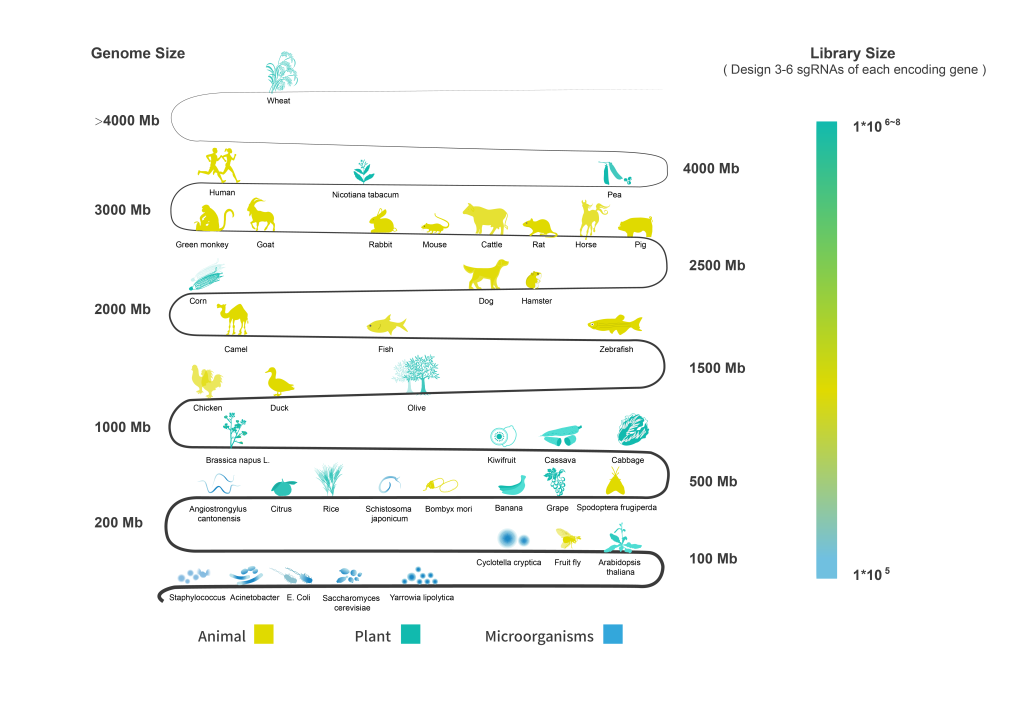
In an era where biotechnology intersects with legal frameworks, the design of single-guide RNA (sgRNA) emerges as a pivotal element in genetic engineering. The implications of this technology extend beyond scientific inquiry into realms that demand rigorous legal scrutiny. As we delve into the characteristics and regulatory attributes surrounding design sgrna, it becomes evident that understanding its role is crucial for navigating both ethical considerations and community applications.
The Regulatory Landscape Surrounding Design sgRNA

Design sgRNA serves as a fundamental tool in CRISPR-Cas9 gene editing, enabling precise modifications to genomic sequences. Its legal attributes are characterized by stringent regulations aimed at ensuring safety and efficacy while addressing potential bioethical concerns. In particular, when applied within Community Mediation contexts, design sgRNA must be scrutinized not only for its technical capabilities but also for its compliance with existing laws governing biotechnological interventions in communal settings.
Synthetic Biology’s Role in Community Mediation
synthetic biology represents a transformative approach to biological research and application, particularly relevant to Community Mediation initiatives. By leveraging synthetic constructs such as design sgRNAs, communities can address specific health or environmental challenges through targeted genetic solutions. This intersection raises important questions about ownership rights over genetically modified organisms (GMOs), informed consent from community members involved in mediation processes, and equitable access to biotechnological advancements.
Characteristics of Synbio within Community Mediation Frameworks
The integration of synthetic biology into Community Mediation highlights several key characteristics: adaptability to local needs, collaborative governance structures involving stakeholders from diverse backgrounds, and transparency regarding the use of genetic technologies. These features foster trust among community members while promoting responsible innovation practices that align with societal values. Furthermore, they underscore the necessity for clear guidelines on how design sgRNAs should be utilized ethically within these mediative frameworks.
Conclusion
In summary, the exploration of design sgRNA reveals significant insights into its legal attributes within Community Mediation contexts. As we navigate this complex landscape marked by rapid technological advancement and evolving regulatory standards, it is imperative that stakeholders engage thoughtfully with both the scientific possibilities offered by synthetic biology and their broader social implications. Ultimately, fostering dialogue around these issues will enhance our collective ability to harness innovative solutions responsibly while upholding ethical principles.
Click Synbio.
